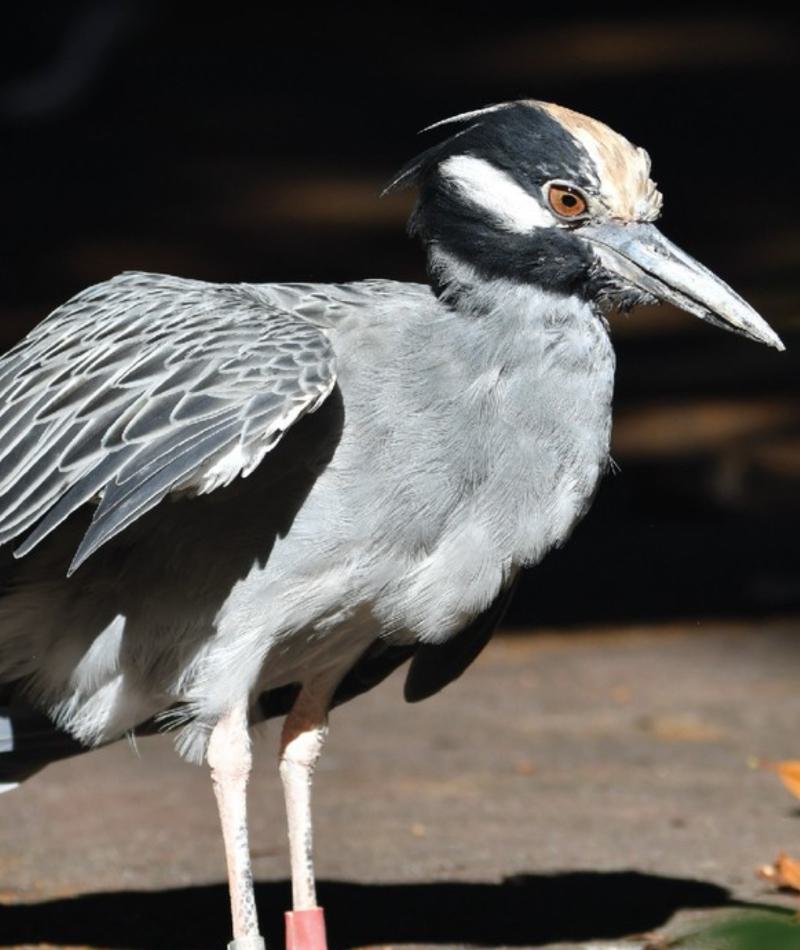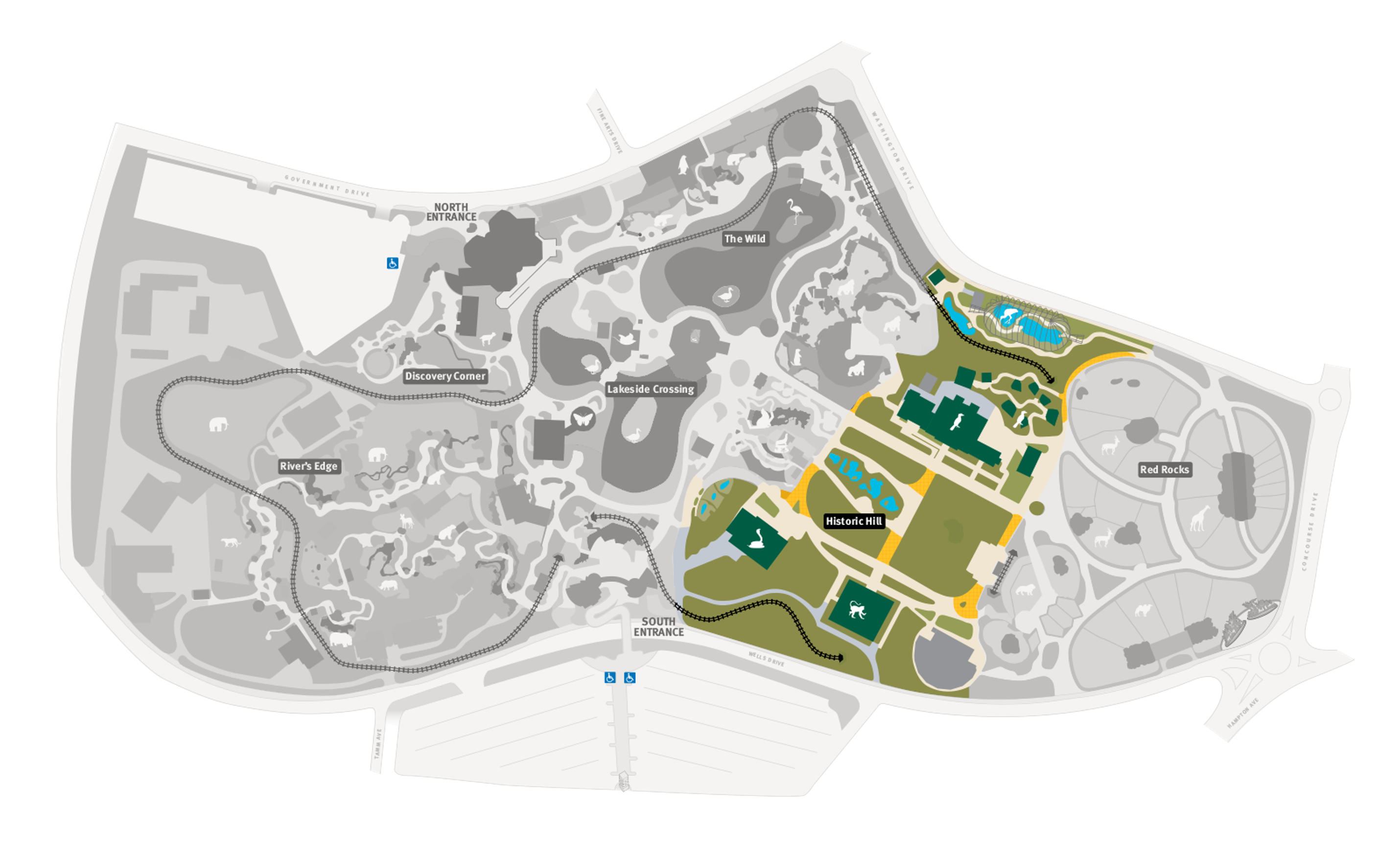
Yellow-crowned Night Heron
Nyctanassa violacea
Did you know?
- Yellow-crowned night herons are a part of the Ardeidae family, which they share with other herons.
- They are named partly for the yellow feathers found on their head.
- They are primarily active at night.
- They live in wetland habitats in North America, West Indies, South America, and the Galapagos Islands.
- A female will lay two to four eggs per clutch.
Adaptations
Yellow-crowned night herons have short, powerful bills that allow them to specialize in hunting crustaceans, particularly crabs and crayfish, which they crush when hunting. This bird is most active at night, roosting silently in branches during the day and moving to the ground in the evening.
Young and Family
Yellow-crowned night herons live in colonies, which can include a few mating pairs up to hundreds of individuals. They will stick with a colony for many years and reuse nests year after year. A typical yellow-crowned heron nest is about four feet across. During breeding, the heron's "crown" feathers grow in yellow. A female will lay two to four eggs per clutch, and the incubation period lasts about 25 days.
Threat Level
- Unknown
- Common
- Near Threatened
- Threatened
- Endangered
- Critically Endangered
- Extinct in the Wild
Common
The Yellow-crowned Night Heron is widespread and abundant.
Range
North America, West Indies, South America, Galapagos Islands
Habitat
Marshes, swampy forests, lakes, lagoons, mangroves

We care about yellow-crowned herons
We support yellow-crowned herons in the Cypress Swamp located in the 1904 Flight Cage at the Zoo. Learn more about how we are helping wildlife around the world: Dedicated to Conservation
Find this animal in Historic Hill

SAINT LOUIS ZOO ZONE
Historic Hill
Historic Hill is a lovely stroll through one of the oldest parts of the Saint Louis Zoo. From the 1904 World’s Fair Flight Cage to the Spanish architectural flavor of the 1920s in the Bird House, Primate House and Herpetarium to the finishing touches of our thoroughly modern exhibits, this area of the Zoo has a unique ambiance and a nostalgic history that make it a great destination.

